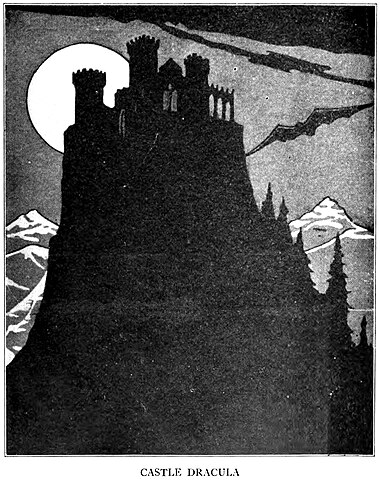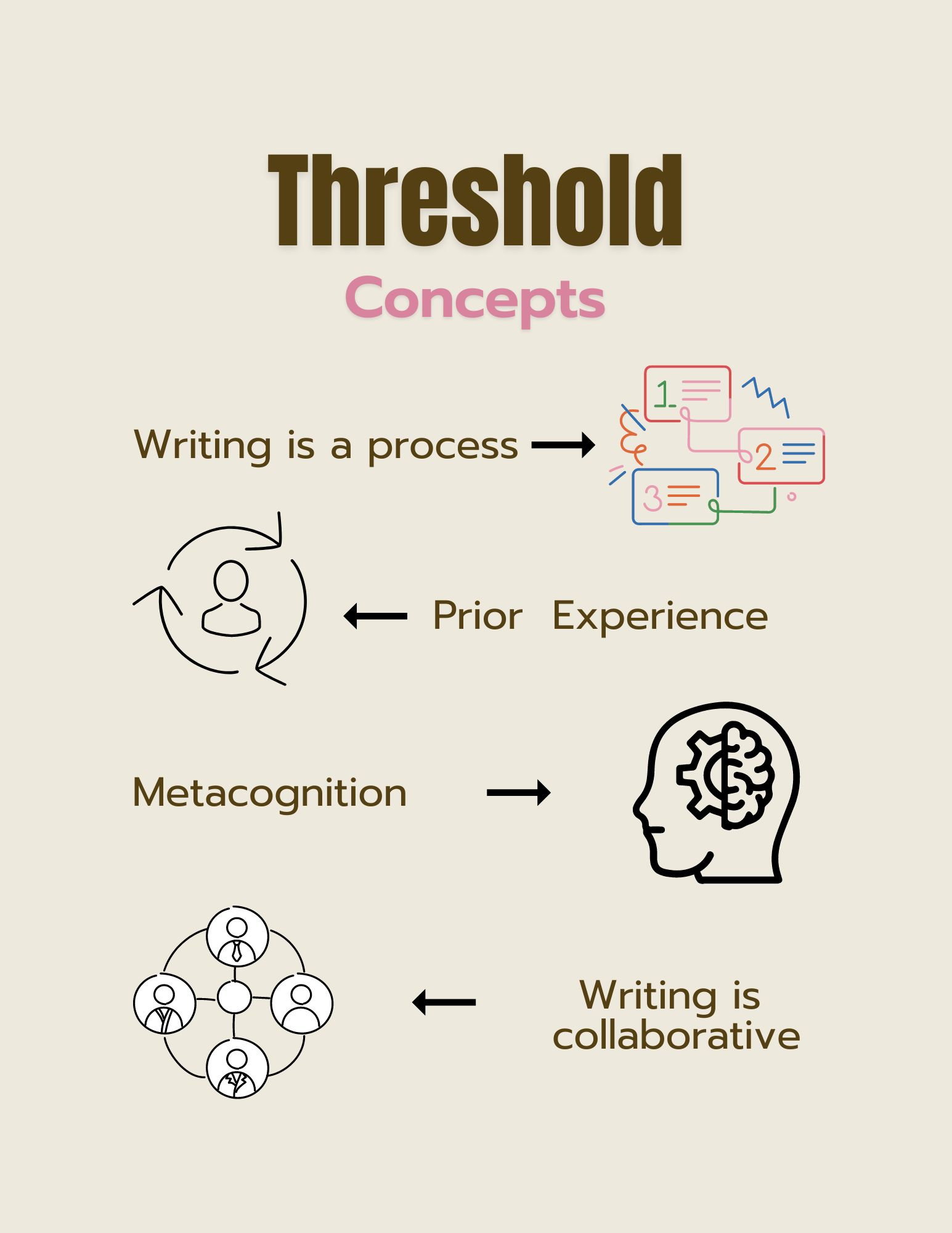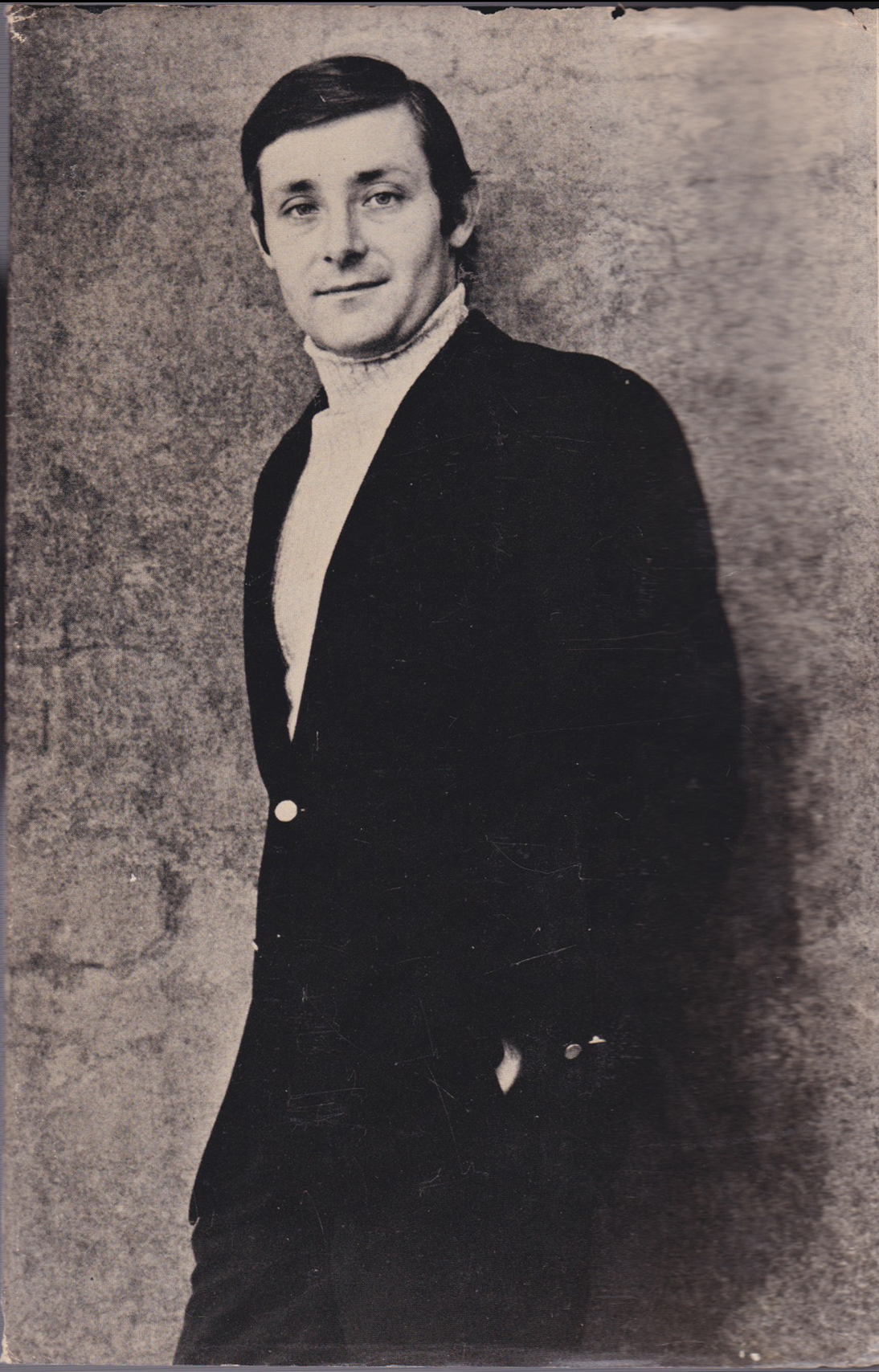The Dracula legend exists in many forms, from television shows, to films, to short stories, to poems. But I don’t think it exists anywhere as deftly stated as in Francis Ford Coppola’s Dracula (1992). As far as tension and atmosphere, this movie does wonders. In this post, we are going to take analyze the film inspired by Bram Stoker’s masterfully written Gothic horror novel. It’s a pretty faithful adaptation as well. So, follow along as we sink into this excellent film with both fangs out!
Atmosphere in Coppola’s Dracula
Atmosphere
The film tells the tale of Mina and Jonathan Harker, as well as Dracula, Van Helsing, and Dr. Steward. It also gives shifting points of view and perspectives as the strange events of Dracula’s arrival in England from Transylvania unfold. There are many interesting and eerie events, from wolves appearing in movie theaters, to werewolves and giant bats appearing around the city.
Coppola frames these scenes using the same narrative device as the book—epistolary format. Coppola uses this device to showcase the wonder and horror that each of the characters feels as they experience the strange and uncanny events that pervade Count Dracula. Through these written artifacts, Coppola gives scenes of action and character development. And we are led to each encounter by the voices of the film’s main players as they write to each other.
The film’s POV allows the atmosphere to take hold on a personal level, and it’s a clever way to get the audience into the action. Likewise, the audience has an intimate look at each of the characters’ personalities and voices. This lends itself to the atmosphere and ambience of the film. In this way, the audience feels doubt when characters write about it and hope when they write about that, too.
Ambience
After Dracula attacks many of the characters are attacked, the heroes call upon Abraham Van Helsing. The aging vampire hunter assists hem in their combat against the evil entity. The tone and atmosphere shifts in the movie from horror and suspense veritably, as they are quite literally taking action against Dracula. In the background, there is a ticking clock.
“She lives beyond the grace of God, a wanderer in the outer darkness,” Van Helsing tells. “She is vampyr…nosferatu. These creatures do not die like the bee after the first sting, but instead grow strong and become immortal once infected by another nosferatu. So, my friends, we fight not one beast but legions that go on age after age after age, feeding on the blood of the living.”
Eventually, the final fight arrives, and our heroes are triumphant over darkness. They go on living even though they have experienced the painstaking cost of life. Again, the atmosphere and ambience are inescapable as the grief of triumph is such an unusual feeling. Though the protagonists win, they win at a cost, which speaks to the Gothic theme of mourning and death, sin and loss.
Differences from Coppola’s to Stoker’s Dracula
Bram Stoker’s Dracula is a long novel to read and engage with, but it is deliberately so. Yes, it is a Gothic horror novel and so shows its pacing by developing building tension. The movie, meanwhile, moves much quicker, as the pacing is far more precise. Additionally, Jonathan Harker stayed very briefly at Dracula’s castle. In the book, he escapes quite early. Likewise, Harker is positioned as Renfield’s replacement in the movie. In the book, no such connection exists.
Meanwhile, Mina is not attracted to Dracula in the book. She does her best to help her friends fight the monster due to his violence toward Lucy. Mina’s image from his past drives Dracula’s motivation in the film, whereas in the book no such connection is a made. Lastly, the book ending is much quicker. The heroes stake Dracula and he is dusted. In the movie, the audience is treated to a prolonged fight. Dracula emerges and battles the companions before Mina beheads him in a church.
Conclusion
Critics savaged this film for a variety of reasons. From camp to downright strangeness, this film has a variety nge. I guess I don’t disagree. Keanu Reeves performance is just as bad as Wynona Ryder’s performance. There is hammy acting and sometimes inconsistent imagery. Yet, it’s a great demonstration of atmosphere and ambience. The viewer feels the film in their very bones as they watch.
Furthermore, the film executes insanity adeptly. For example, Tom Waits and Dr. Seward share a sort of turn-of-the-century lunacy. At the same time, Professor Abraham Van Helsing carries an air of sophistication and grime. This is a fantastic approach to a character who has spent his career exploring ways to defeat the undead.
Other Dracula movies do other things better. The Hammer Dracula films have a great deal of bloodshed and Nevertheless, Coppola’s nails the atmosphere of Dracula’s castle and the streets of England excellently.
Discover more from The Writing Post
Subscribe to get the latest posts sent to your email.



